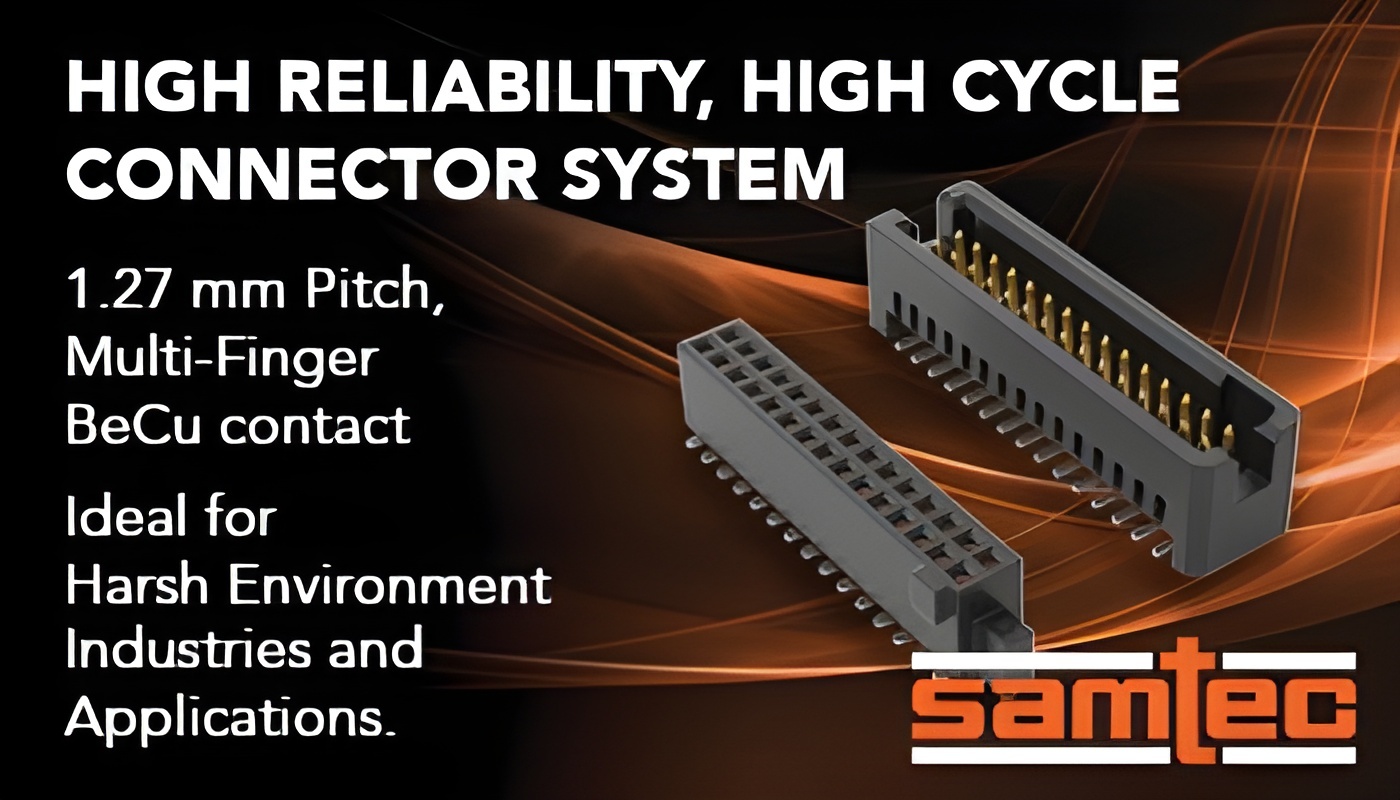
Murata Manufacturing has launched mass production of the world’s first 47µF multilayer ceramic capacitors (MLCCs) in a compact 0402-inch package (1.0 × 0.5 mm). This development represents a major leap in capacitor miniaturisation, delivering high capacitance in a footprint ideal for densely packed PCBs used in advanced electronic systems.
Modern electronics, from AI servers and data centre infrastructure to high-performance computing, require increasingly efficient use of limited board space. As operating frequencies rise and thermal constraints tighten, engineers are demanding more from passive components. Murata’s new MLCCs meet this challenge by offering 47µF capacitance, more than double that of the company’s existing 22µF 0402-size part, while shrinking the mounting area by approximately 60% compared to the larger 0603-size 47µF capacitors.
This step forward is made possible by Murata’s proprietary advances in ceramic dielectric layering and electrode miniaturisation, which enable reliable performance in ultra-small formats.
The 47µF MLCCs are available in two variants:
Rated for operation from –55°C to +85°C, this version is suitable for general-purpose applications where ambient temperatures are controlled.
Designed for –55°C to +105°C, this variant can be used closer to heat-generating components such as ICs, supporting improved thermal design and greater integration.
Both variants support ±20% capacitance tolerance at a 2.5Vdc rating.
These capacitors are expected to be particularly valuable in:
Where board real estate is scarce
Where space-saving is critical
Which demand high performance in thermally constrained enclosures
Where reliable operation near processors and power ICs is essential
By enabling high-capacitance decoupling close to ICs, Murata’s new 0402 MLCCs help reduce power distribution impedance and stabilise core voltages, crucial for maintaining system performance under dynamic load conditions.
Beyond performance, Murata’s innovation also contributes to sustainability. Smaller components mean less material usage, higher manufacturing throughput, and lower overall energy consumption during production. These factors align with the company’s broader environmental goals and commitment to more efficient, responsible manufacturing.
Read the original announcement here.

